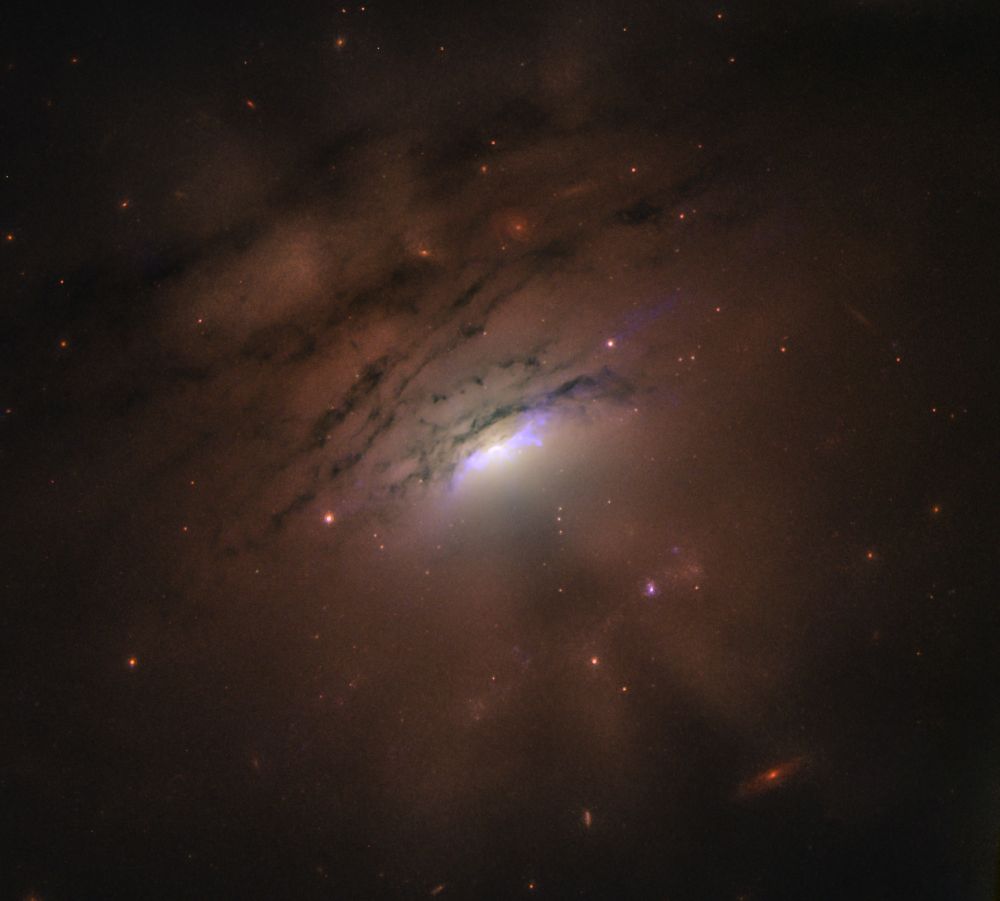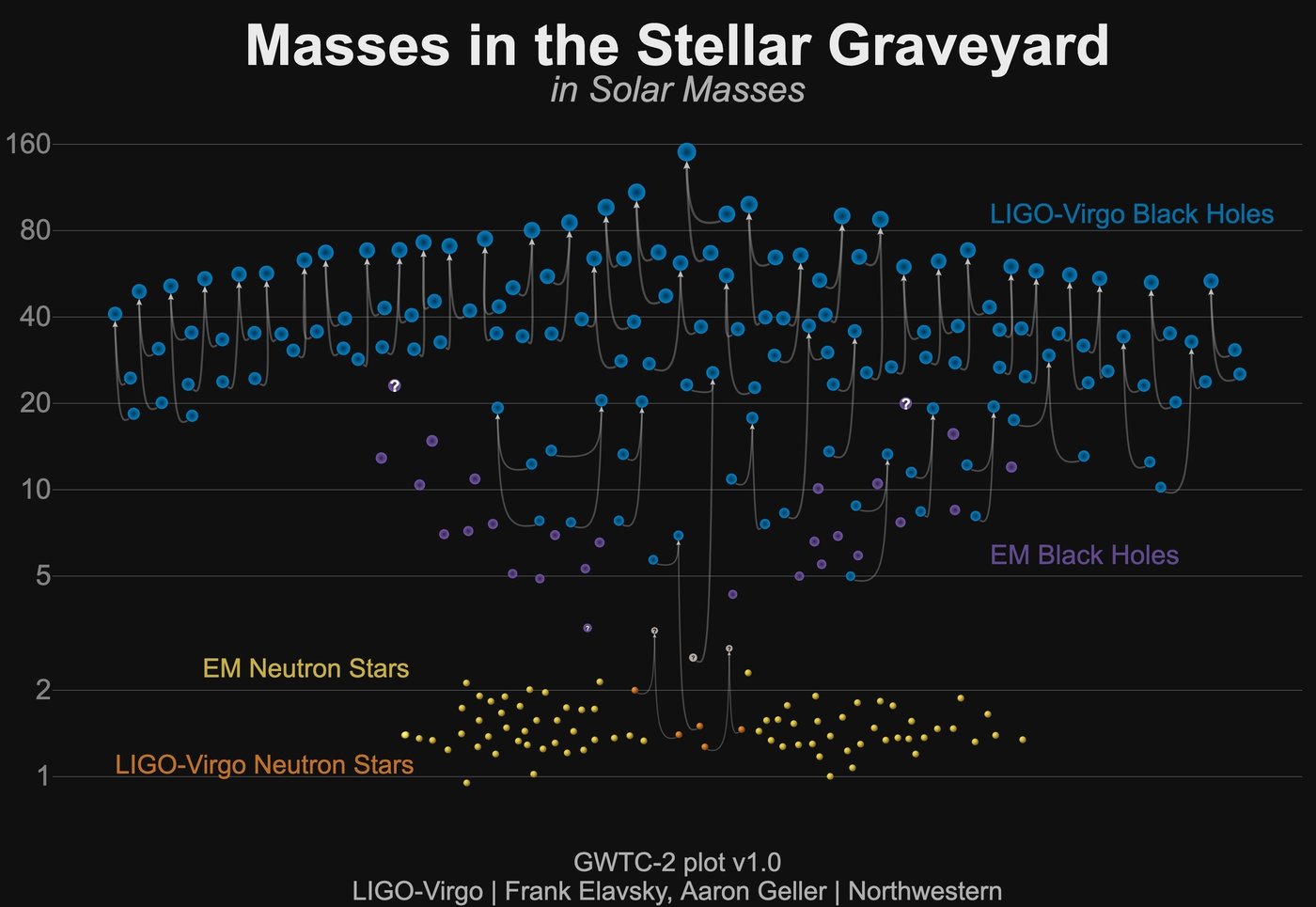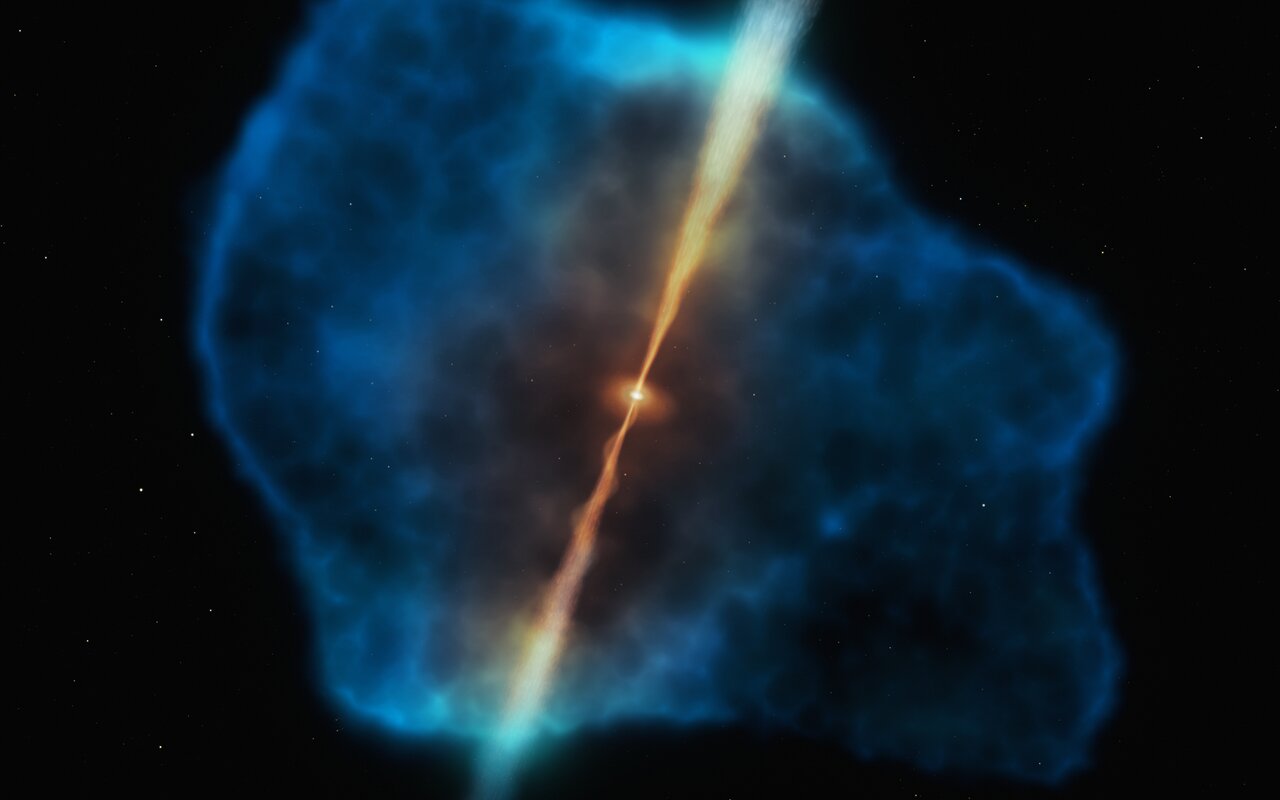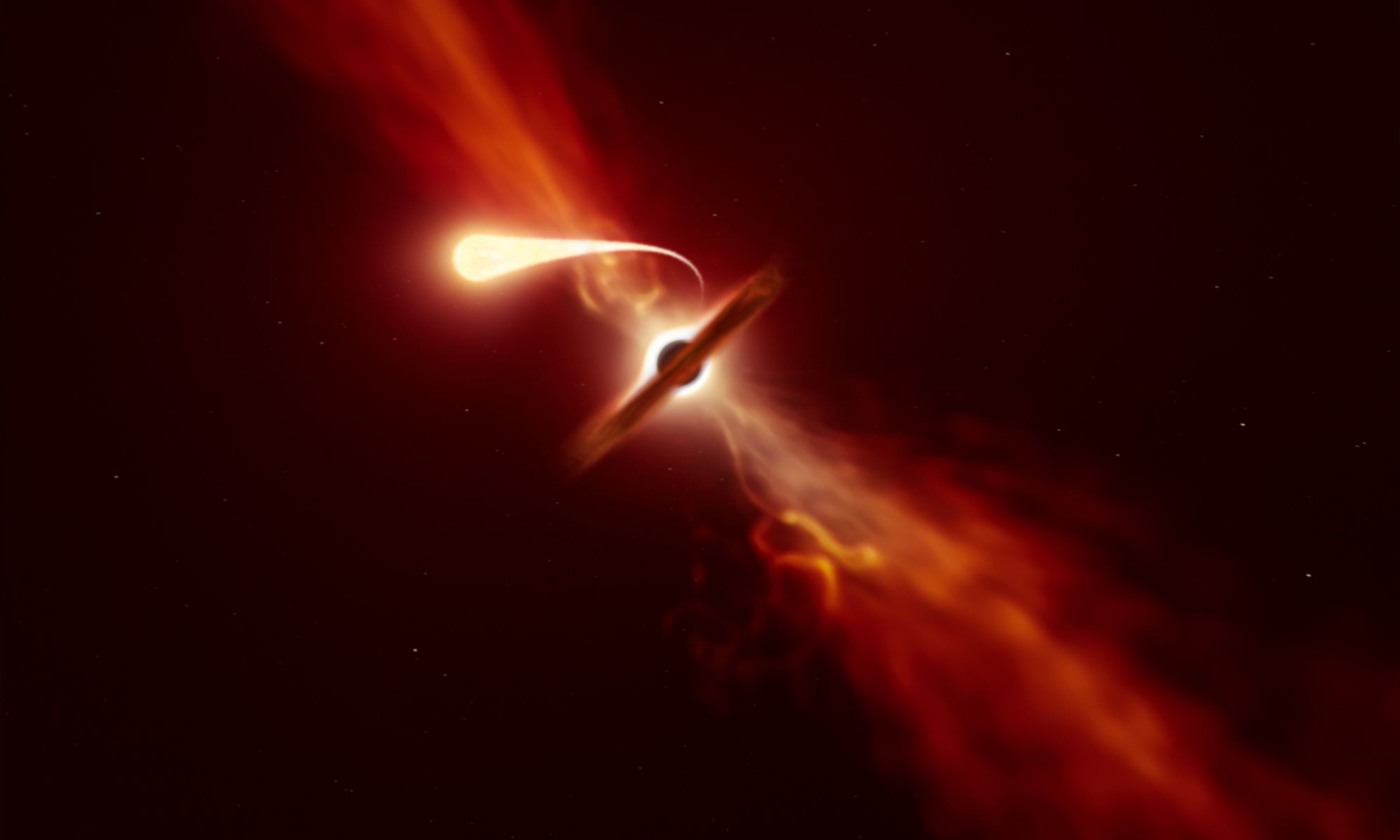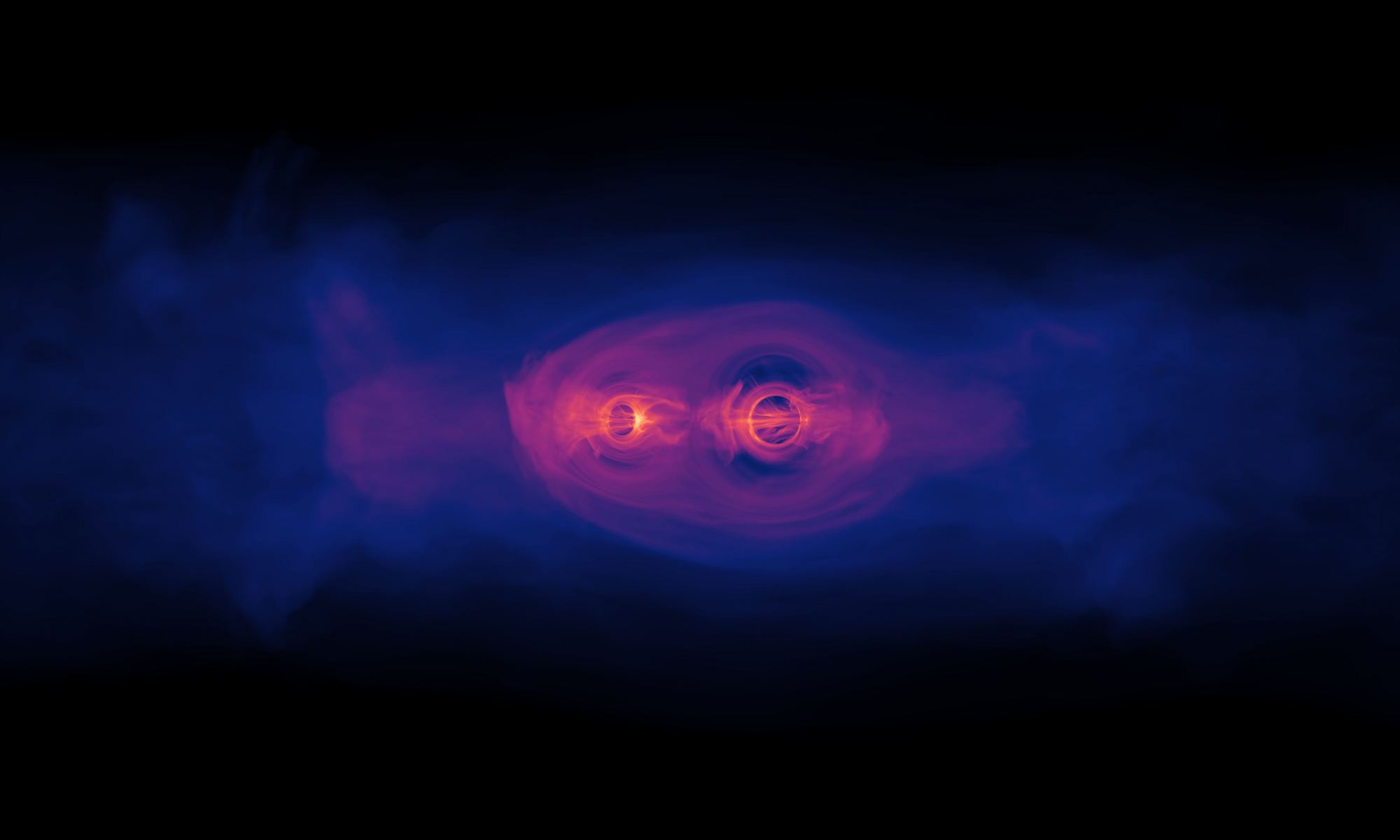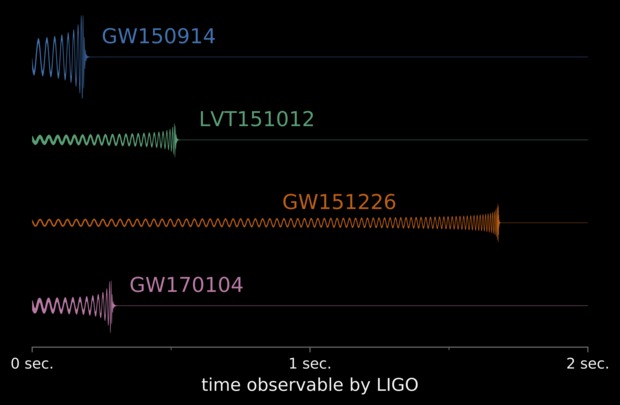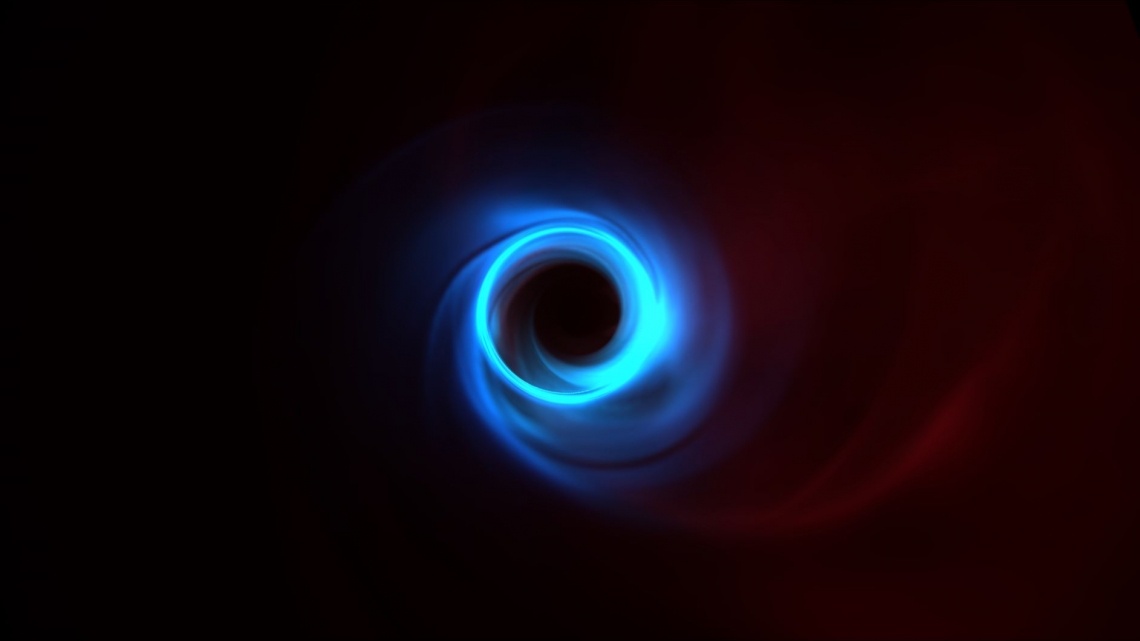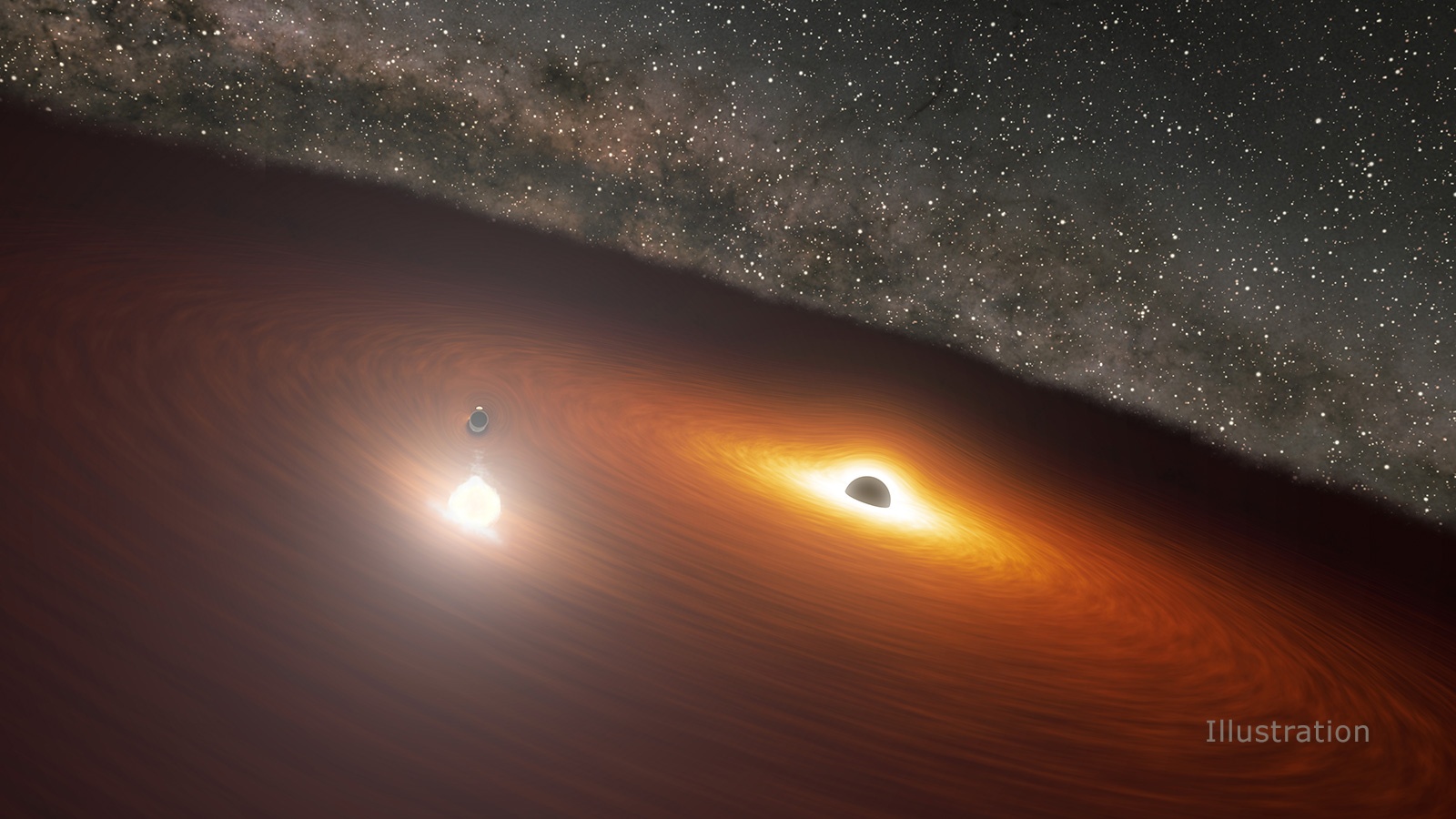We use the term ‘supermassive black hole’ with a kind of casual familiarity. But stop and think about what they really are: Monstrous, beguiling singularities where the understood laws of physics and cosmology are brought to their knees. A region where gravity is so powerful that it warps everything around it, drawing material in—even light itself—and sometimes spitting out jets of energy at near-light-speed.
It was only recently that we got our first image of one of these monstrosities. Now, the Hubble has captured an image of a supermassive black hole (SMBH), or what might be part of its shadow, anyway.
Continue reading “Hubble Sees Dark Shadows That Could Be Cast by a Supermassive Black Hole”
